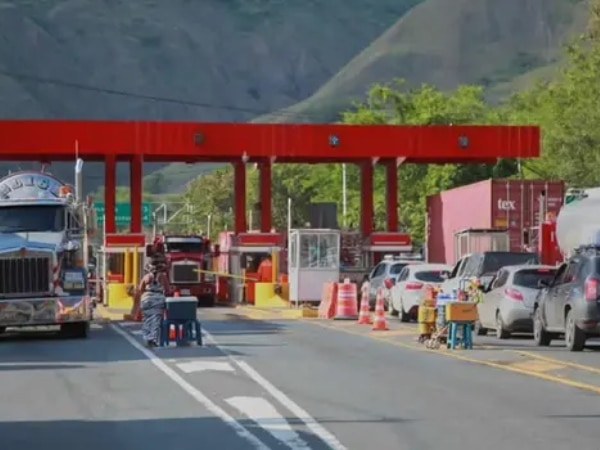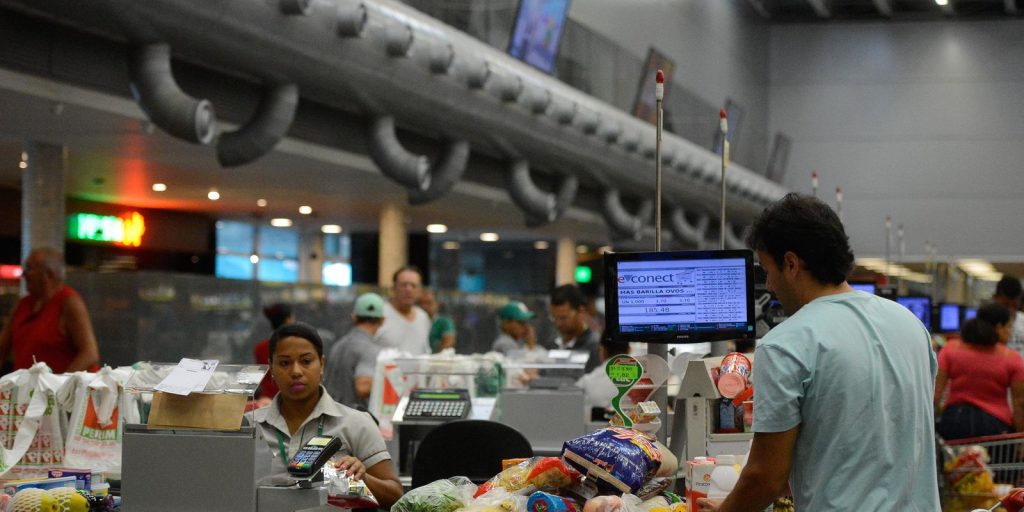Colombians will face a cumulative increase of close to 12% in some rates. What does it mean for transportation and the economy?
News Colombia.
Colombians will have to adjust their budgets in the face of the two increases in toll rates confirmed by the Ministry of Transportation.
Minister María Constanza García reported that these increases are essential to cover a fiscal deficit of more than $400,000 million, caused by the freezing of rates in 2023.
First Increase: December 2024
Next Sunday, December 1, toll rates will rise by 4.64%, an adjustment pending since January 2023. This percentage represents half of the 2022 inflation, which was not applied at the time.
According to the minister, the objective is to comply with the contractual commitments of the concessions and normalize the postponed values.
“This adjustment will allow us to balance the income necessary to maintain the concessioned roads. It was a postponed decision, but it can’t wait any longer,” García explained in recent statements.
Second Increase: January 2025
The outlook does not improve at the beginning of 2025. Starting January 1, rates will increase again, this time adjusting to the Consumer Price Index (CPI) at the end of 2024, estimated at 6%.
With this increase, the accumulated adjustment between December and January could exceed 12% in some cases, depending on the vehicle category and the location of the booths.
For example, in the Oriente Tunnel (Antioquia), the basic rate of $24,900 will rise to $27,834 in December. In January, it could increase again to around $29,500, impacting private drivers and freight transportation.
Impacts on the economy and transportation
These adjustments represent a new challenge for Colombians, especially for the transportation and logistics sectors, where the increase in operating costs could be passed on to the final consumer.
Rates for heavy-duty vehicles are expected to exceed $100,000 in some strategic corridors, affecting the transportation of basic goods and agricultural products.
A fiscal gap that requires solutions
The National Government justified the increases in the need to mitigate the financial consequences of the rate freeze in 2023, a measure that generated demands from concessionaires and delays in projected income.
“This situation is the product of decisions that were well-intentioned, but that left a significant fiscal void. Now we are taking measures to stabilize the financial commitments and guarantee the operation of the concessions,” Minister García concluded.
Reactions and expectations
The announcement has generated concern among drivers and transport unions. Although the Government assures that the increases are necessary, many question the impact they will have on an economy already hit by inflation and the rising costs of other services.
TO extent With December and January approaching, Colombians must prepare to face this double adjustment, which promises to be a topic of debate between citizens and authorities.
Will this be the way to close the fiscal gap or will it bring more pressure to the pocket? Time will tell.
Further:
















